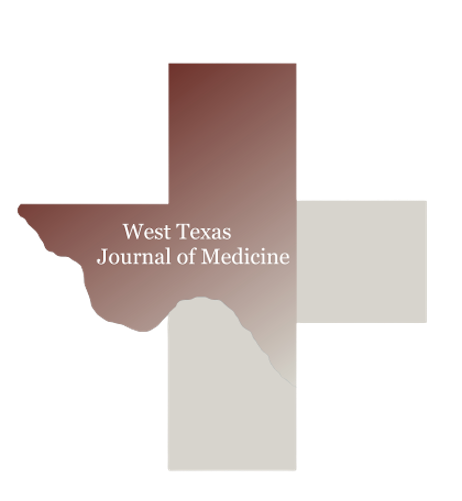Analysis of County-Level Pharmacist and Pharmacy Deserts in Texas
Keywords:
community pharmacy services, ecological studies, humans, rural, pharmaceutical services, Texas, pharmacies, pharmacistsAbstract
Background: One in eight pharmacies closed between 2009-2015 making pharmacists less accessible. The need for pharmacists in West Texas is particularly important given many counties are Health Professional Shortage Areas and Frontier areas.
Objective: This ecological study described the number of pharmacists and community pharmacies in each Texas county indexed to its population and evaluated the percentage of pharmacists in each county who are Texas Tech University Health Sciences Center (TTUHSC)-trained pharmacists.
Methods: We used the United States 2020-2021 Census data to index the number of pharmacists and community pharmacies to county population. Geographic service regions were based on the Texas Health and Human Services (HHS) classifications. Counties in Texas were matched to HHS regions by the Federal Information Processing Standards code. The Texas State Board of Pharmacy License database was used to obtain active license data for pharmacists living in Texas and community pharmacies as of May 31, 2022. We tabulated the number of pharmacists in each county by residential address. County-level pharmacist deserts were defined as counties with <4 pharmacists per 10,000 people. The TTUHSC Service region is HHS Service Regions 1,2,9, and 10.
Results: Two in five counties were classified as county-level pharmacist deserts. The TTUHSC service region included the three service regions with the highest ratios of county-level pharmacist deserts (Region 9: 57%; Region 10: 50%; and region 1: 46%). TTUHSC-trained pharmacists comprised 44% of all pharmacists in the TTUHSC service region. Cities with TTUHSC campuses had more TTUHSC-trained pharmacists.
Conclusion: West Texas remains underserved regarding the availability of pharmacists. Efforts to increase the number of pharmacists practicing in this region will go a long way to enhance the health of people living in this region.





